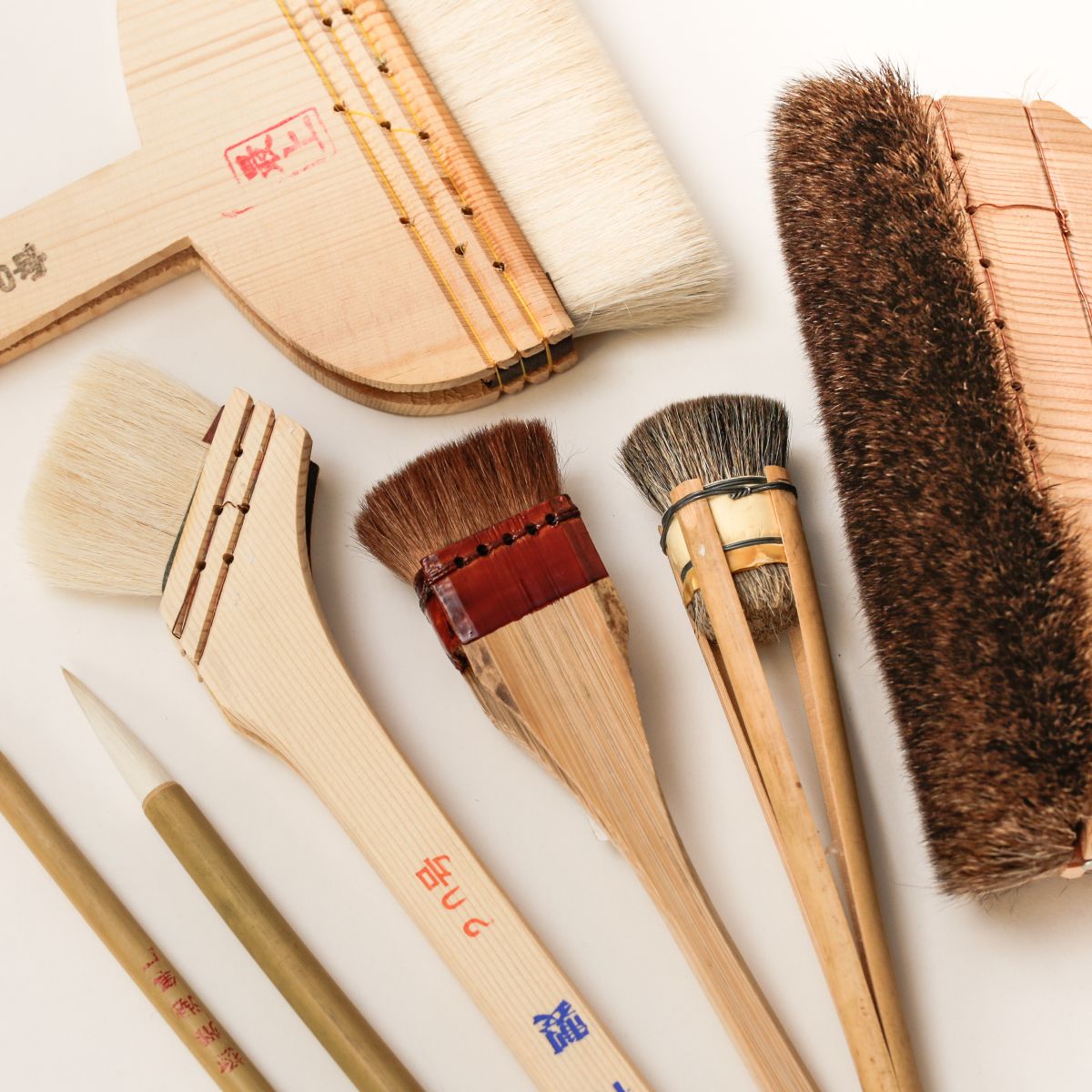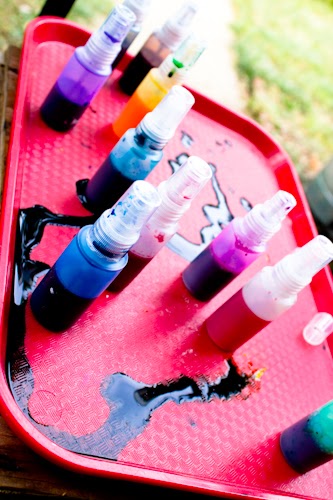Watercolour paint saiun
Table of Contents
Table of Contents
Have you ever wondered what makes Japanese watercolor brushes so different from other types of brushes? The answer lies not only in their unique shape and bristle materials but in the centuries of artistic tradition that have shaped their design. In this article, we will explore the art of Japanese watercolor brushes and why they are a must-have for any watercolor artist.
Pain Points of Using Traditional Watercolor Brushes
Using traditional watercolor brushes can often lead to frustration and a lack of control. Synthetic bristles, while more affordable, lack the flexibility and spring of natural hair brushes, making it difficult to achieve the delicate strokes and lines required for watercolor painting. Additionally, synthetic brushes can also have a tendency to shed their bristles, leaving behind unwanted stray marks on your painting.
Target of Japanese Watercolor Brushes
Japanese watercolor brushes are carefully crafted to help artists overcome these pain points. Made from the highest quality natural hair, they offer unparalleled control and precision for even the most intricate details. The unique shape of the brush, with its pointed tip and tapered body, allows for fine lines and broad strokes. And because the bristles are hand-tied, shedding is virtually eliminated.
Benefits of Using Japanese Watercolor Brushes
Japanese watercolor brushes offer a range of benefits to watercolor artists:
- Precision and control in both fine details and broad strokes
- High-quality natural hair bristles
- Hand-tied bristles virtually eliminate shedding
- Unique brush shape for versatile strokes
- Centuries of artistic tradition in their design and craftsmanship
My Personal Experience with Japanese Watercolor Brushes
As a watercolor artist, I have had the pleasure of using Japanese watercolor brushes and have been blown away by their quality and versatility. The pointed tip and tapered body of the brush allow me to achieve fine lines and broad strokes with ease, while the high-quality natural hair bristles provide the control and precision I need to create detailed and intricate paintings. The centuries of artistic tradition that have gone into their design and craftsmanship make Japanese watercolor brushes a must-have for any serious watercolor artist.
Tips for Choosing Japanese Watercolor Brushes
When choosing Japanese watercolor brushes, it is important to consider the type of hair used in the brush. Kolinsky sable hair is the highest quality and offers the best control and precision, but is also the most expensive. Synthetic brushes offer a more affordable option but lack the same level of flexibility and control as natural hair brushes. It is also important to consider the shape of the brush and choose one that will suit your painting style and needs.
How to Care for Japanese Watercolor Brushes
Proper care and maintenance of your Japanese watercolor brushes will ensure they last for many years to come. After each use, rinse the brush thoroughly with water and reshape the bristles with your fingers. Be sure to store your brushes upright and allow them to air dry completely before storing them away.
Conclusion: Why Every Watercolor Artist Needs a Japanese Watercolor Brush
Japanese watercolor brushes provide unparalleled control and precision for even the most intricate details in watercolor paintings. Their unique shape and high-quality natural hair bristles make them a must-have for any serious watercolor artist. With proper care and maintenance, they will last for many years and become a prized tool in your art collection.
Question and Answer about Japanese Watercolor Brushes
Q: What makes Japanese watercolor brushes different from other brushes?
A: Japanese watercolor brushes are made from high-quality natural hair and have a unique shape that allows for versatile strokes.
Q: What type of hair is best for Japanese watercolor brushes?
A: Kolinsky sable hair is the highest quality but also the most expensive. Synthetic brushes offer a more affordable option.
Q: How do I care for my Japanese watercolor brushes?
A: Rinse with water after each use, reshape bristles with your fingers, and allow to air dry completely before storing.
Q: Can Japanese watercolor brushes be used for other types of painting?
A: While they are primarily designed for watercolor painting, Japanese watercolor brushes can also be used for ink painting and calligraphy.
Gallery
Premium Saiun-do Japanese Watercolour Paint Brushes – Choosing Keeping

Photo Credit by: bing.com / watercolour
3 Japanese Watercolor Paint Brushes Gansai Made In Japan | Etsy

Photo Credit by: bing.com / gansai
The Art Of The Japanese Brush - The MAIWA BLOG

Photo Credit by: bing.com / japanese brush maiwa brushes friday august
Premium Saiun-do Japanese Watercolour Paint Brushes – Choosing Keeping

Photo Credit by: bing.com / watercolour paint saiun
3pcs/lot Genuine Japanese Sakura Water Brush For Watercolor Ink

Photo Credit by: bing.com / blending waterbrush 3pcs koi





